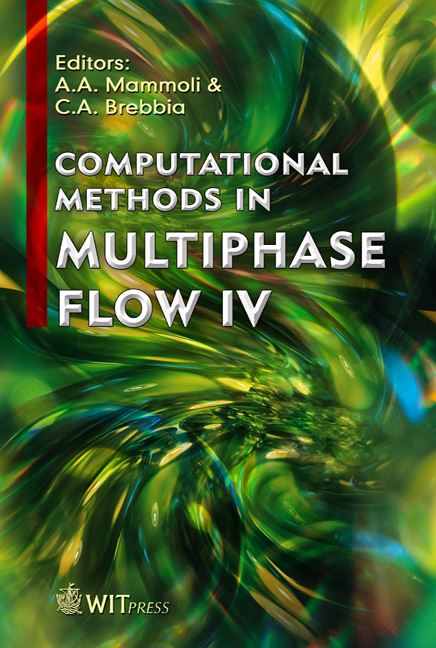Petroleum Reservoir Simulation Using EbFVM: The Negative Transmissibility Issue
Price
Free (open access)
Transaction
Volume
56
Pages
10
Published
2007
Size
582 kb
Paper DOI
10.2495/MPF070131
Copyright
WIT Press
Author(s)
C. R. Maliska, J. Cordazzo & A. F. C. Silva
Abstract
Pioneer methods for simulating petroleum reservoirs were developed in the framework of finite difference methods with Cartesian grids. Therefore, the concept of transmissibility was readily applied for calculating the fluxes at the control volume interfaces. With the advent of new methods using curvilinear non-orthogonal and unstructured grids, the concept of transmissibility was maintained, probably for taking advantage of the simplicity in the programming. However, it is well known that for non-orthogonal grids, unstructured or not, the fluxes can not be exactly calculated using only two grid points, what precludes the use of the transmissibility for the flux calculation in such situations. On the other hand, it is common to find in the literature a recommendation that triangles, as used in unstructured grids should not have internal angles greater than 90o in order to avoid the appearance of a negative transmissibility. It is shown that this is a misinterpretation of the transmissibility concept, since transmissibility is always a positive quantity. Keywords: unstructured grids, transmissibility, petroleum reservoir simulation, element-based finite volume methods. 1 Introduction The numerical techniques embodied in the pioneering industrial petroleum reservoir simulators employed finite-difference method with Cartesian grids. In this approach the connecting coefficients of a 5-point stencil in 2D can be written using the well know concept of transmissibility, [1,2]. The use of non-orthogonal curvilinear coordinates were also introduced seeking generality and flexibility of
Keywords
unstructured grids, transmissibility, petroleum reservoir simulation, element-based finite volume methods.





